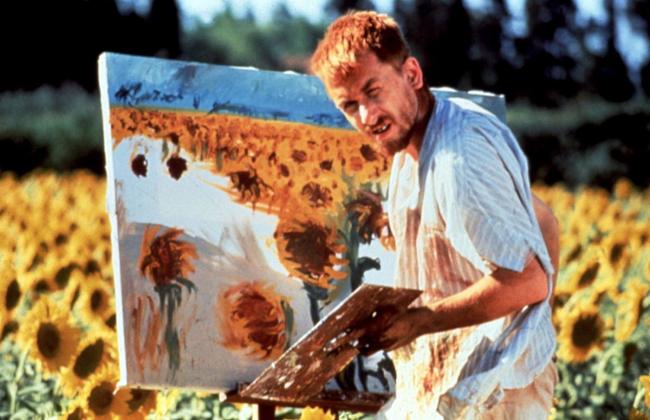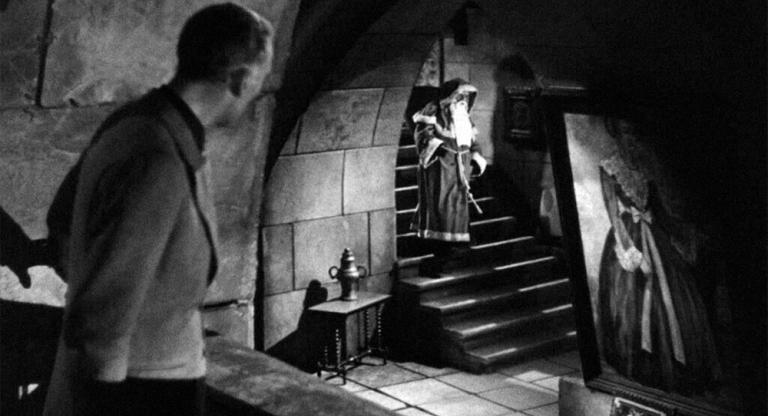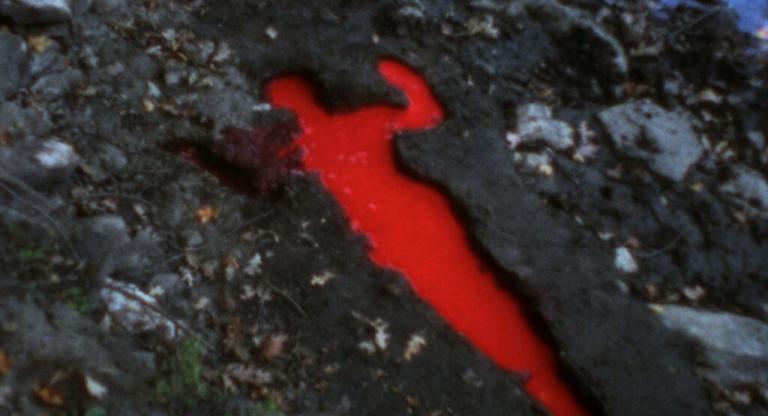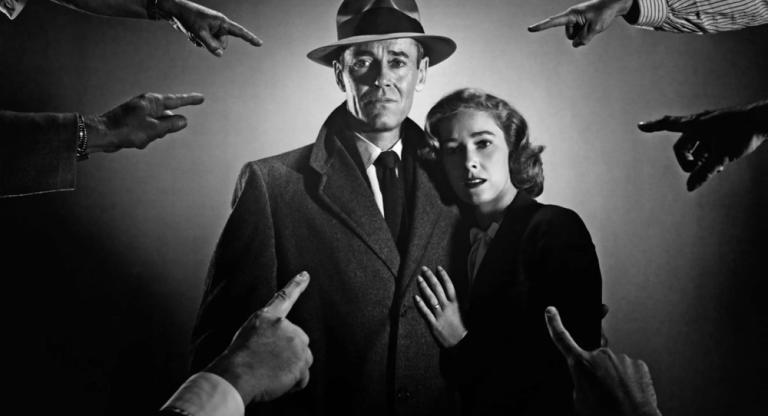After selling his production company in the early 1980s and trading Hollywood’s precarious refuge for a string of low-budget chamber pieces, Robert Altman slogged for a decade before his comeback with The Player in 1992. While in “director jail”—impelled by Altman’s coked-up Popeye shoot in 1980—the American iconoclast tried adapting theater to little commercial avail, with Come Back to the 5 & Dime, Jimmy Dean, Jimmy Dean (1982), Secret Honor (1984), Fool for Love (1985), and Beyond Therapy (1987). In the fall of 1988, Ludi Boeken, a Dutch TV producer, approached Altman to direct a biographical mini-series to mark the hundredth anniversary of Vincent van Gogh’s death. Altman, who had cut his teeth directing television and also just created the political miniseries Tanner ‘88 for HBO, was in no position to decline. The resulting work, Vincent & Theo (1990), became a four-hour long series for broadcast, alongside a truncated 138-minute film version for theatres.
Based on the 800+ letters between the famed Dutch painter and his art dealer brother, the film follows Vincent (Tim Roth, earless again two years later in Reservoir Dogs) through the major stages of his adult life: his move from Paris to Provence, relationship with Sien Hoornik, contentious friendship with Paul Gauguin, voluntary commitment into an asylum, and eventual suicide. Meanwhile, Theo (Paul Rhys) establishes a gallery in Paris, slowly ushering in the influence of Dutch and French Impressionism, while squirrelling away money for Vincent to continue painting. Altman draws neat comparisons between the two brothers, one masquerading as posh and the other withdrawing into a kind of fetishized poverty. Still, the pair cannot help but mirror each other’s distresses—with identity, with women, with alcohol.
Naturally, Vincent & Theo has been compared to Vincente Minnelli’s appreciably better Lust for Life (1956), which stars Kirk Douglas as van Gogh. Altman’s iteration is not made redundant by narrative similarities, rather, it seems to get underneath Minnelli’s properness. A less self-conscious exercise that pulls away from Douglas’s classically handsome torment to something more grotesque. Roth’s Vincent is totally enervated, with rotting teeth and a pop-eyed stare. His angry outbursts—of which there are many—feel fittingly strained.
The comparisons between Altman and van Gogh—two artistic forces spitting at the system while trying to turn pennies into paintings—were made so much that Altman eventually had to retaliate: “Vincent van Gogh never sold a painting… Do I identify with him? No, I sold a lot of paintings.” Vincent & Theo was not a failure in the way his long-shelved O.C. and Stiggs (1987) or maligned HealtH (1980) were, but its conventionality—what Entertainment Weekly called “a half-baked PBS drama”—immediately reflected its director’s cramped conditions. As Hal Hinson noted in his review for The Washington Post, “It’s fair to say that a great painter of oils, unable to afford paints, has been forced to work in charcoal.”
Boeken would later sue Altman for slander after the director, unsatisfied with the project, referred to the producer as a “thief, liar, and pimp” whom he hoped “would get cancer and die” in a print interview. A second lawsuit against Altman, heedlessly filed in Los Angeles, allowed for his lawyer to countersue, and win, for contract damages. In a bit of poetic repetition, Boeken sold his production company in order to meet the settlement.
CONTOURS is a column by Saffron Maeve (and guests) examining films that thematize the world of visual art: painting, sculpture, illustration, and performance. Maeve also programs a screening series of the same name and premise at Paradise Theatre in Toronto.
Vincent & Theo screens on Sunday, August 10, at BAMPFA on 35mm as part of the series Robert Altman at 100.



